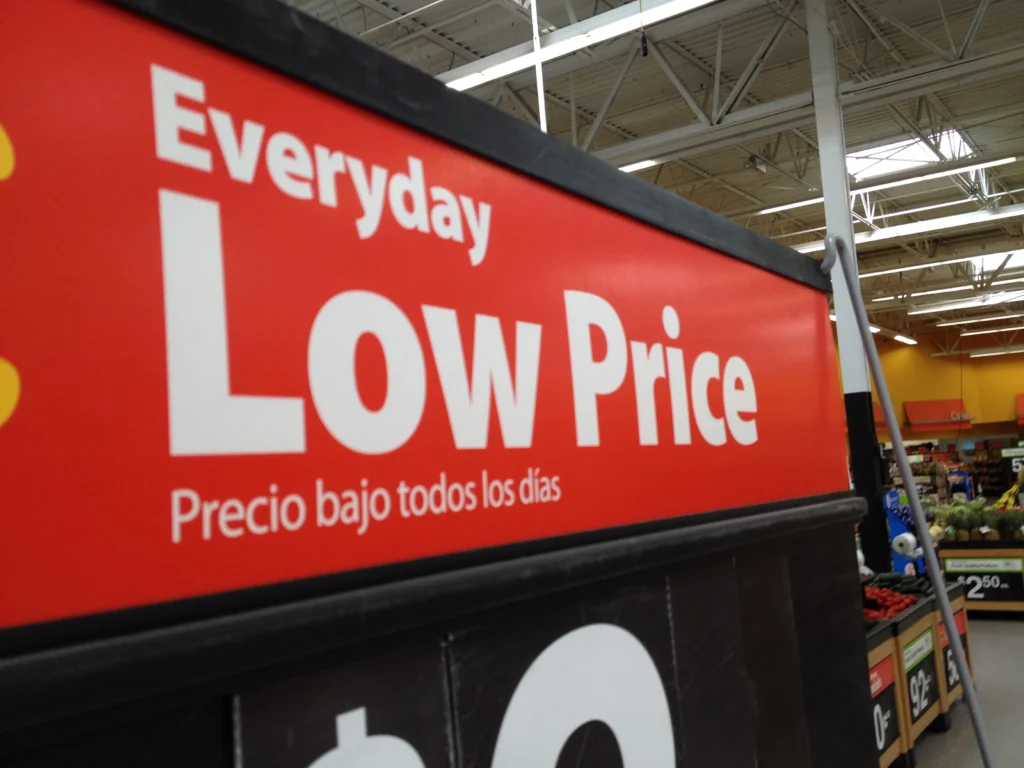10 Sneaky Ways Grocery Stores Trick You Into Spending Money. How Online Shopping Tricks You into Paying More, Lets gig into top 10 sneaky ways through which grocery stores trick you into spending more.
1. Online Shopping: Convenience at a Cost
Shopping online is easy, but it can also be expensive. Some stores add fees for convenience or delivery, but not all of them are upfront about these charges. When you use grocery apps or visit supermarket websites, you’ll notice they ask how you want to shop: in-store, curbside pickup, or home delivery. This choice can affect the prices you pay.
2. The Truth About Online Prices
A news report found that some stores charge more for products online than in-store. They discovered that while some stores keep prices the same, others raise them for online shoppers. This means you might end up paying more without realizing it.

3. Fake Sale Signs
Stores often use bright signs to highlight discounts, but not all deals are real. Some displays make you think you’re getting a bargain when you’re actually paying the regular price. These tactics are meant to make you buy more than you planned.
4. Tricking You into Buying More
Stores strategically place essentials like milk and eggs at the back, so you have to walk past other items to reach them. This increases the chances of impulse purchases. They also spread out staple items, making you cover more ground and see more products.
5. Confusing Store Layouts
Grocery stores frequently rearrange their aisles to keep you searching for items. If you can’t find what you need, you’ll spend more time browsing and buying things you didn’t plan to.

6. Narrow Aisles to Slow You Down
Stores make their aisles narrow to create traffic jams. This forces you to slow down and look at more products, increasing the likelihood of impulse buys.
7. Tempting Snacks at Checkout
The area near the checkout is filled with single-serve snacks and drinks, tempting you to make one last purchase before leaving. These items are strategically placed to capitalize on your hunger and fatigue.
8. Loss Leaders: The Ultimate Bait
Stores advertise some items at very low prices to lure you in, knowing you’ll likely buy other things at regular prices. These “loss leaders” are meant to get you through the door, but they often lead to more spending.

9. Store-Within-a-Store Concept
Big retailers like Walmart and Target offer additional services inside their stores, such as pharmacies or salons. This convenience encourages you to do all your shopping in one place, rather than looking for deals elsewhere.

10. Sale Prices for Multiples
Stores sometimes advertise deals like buy one, get one free, but you may not need to buy as many as advertised to get the discount. Always check if you can buy fewer items and still get the sale price.
In Conclusion:- 10 Sneaky Ways Grocery Stores Trick You Into Spending Money
Grocery stores are masters of persuasion, using various tactics to encourage spending beyond your budget. From deceptive pricing strategies to strategic store layouts, they create an environment that nudges you toward impulse purchases. However, armed with knowledge of these tactics, you can become a savvier shopper.
To outsmart the supermarket, start by making a list and sticking to it. Avoid shopping when hungry, as this can lead to more impulsive decisions. Pay attention to unit prices rather than just the total cost, as bulk deals may not always be the best value. Additionally, be wary of “special” promotions and always compare prices across different stores.
By staying vigilant and understanding the tricks of the trade, you can take control of your grocery shopping experience. Remember, the supermarket’s goal is to maximize profits, but your goal should be to get the best value for your money. With a little awareness and planning, you can navigate the aisles with confidence and avoid falling prey to their sneaky tactics.
Cash Is Still King Why Cash Is the Preferred Payment Method for Many Americans
